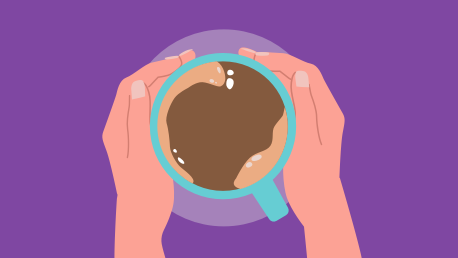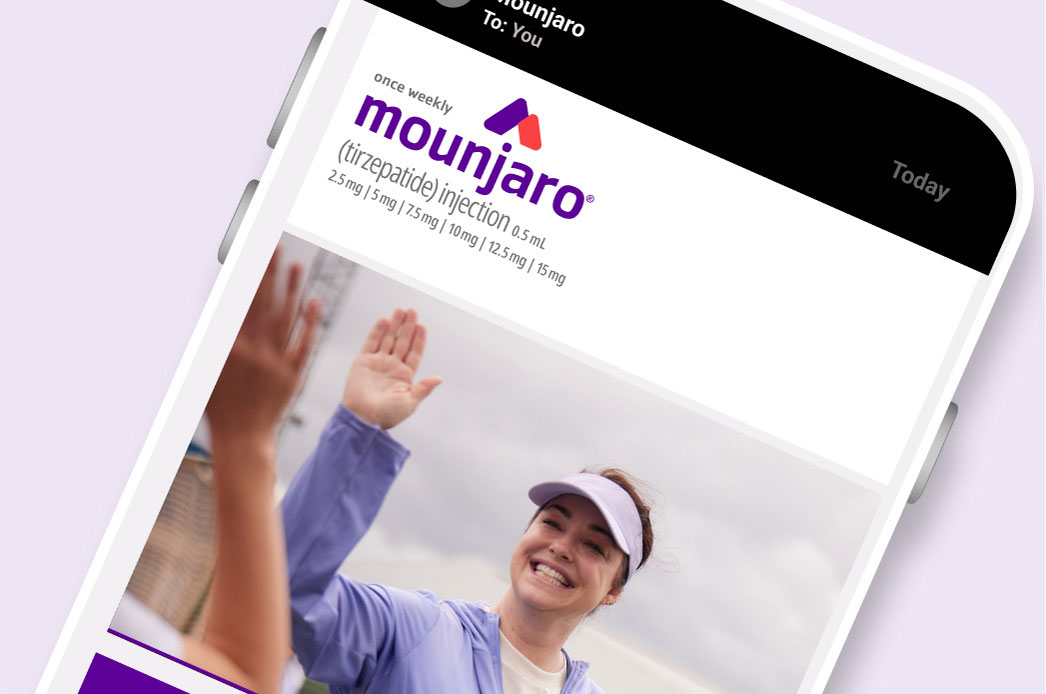
Food and fitness ideas for while you're out and about
Whether you are on a walk, out for the day, or traveling—we've got tips to help keep your diabetes management plan on track.


Diabetes-friendly food ideas for when you're on the go
Not sure what to order off the menu? Do you get hangry? Worried about backsliding? Here are a couple of easy tips you'll want to know.
Be sure to speak with your healthcare provider before making changes to your diet and exercise. And remember to take any medications you've been prescribed exactly as directed.

Grab-and-go snacks for when you’re on the move
Going on a hike? Planning a road trip? No matter where you go, sometimes hunger hits and it can feel like you’re under a snack attack.
So pack snacks before you go, or grab some nuts or seeds on the road instead of that bag of chips. Vegetables like broccoli and cucumber are also diabetes-friendly options and great for when you’re on the move. Craving something sweeter? Have an apple or even a couple of small cookies and enjoy!
Talk to your healthcare provider about the snacks that work best with your medication, lifestyle, exercise routine, and your diabetes treatment plan.
On the road? Try these simple swaps when eating out
Finding diabetes-friendly options can be tough when you’re traveling. Whether you’re ordering off the menu at a restaurant or sitting at a drive-thru, try these easy swaps to instantly cut down on calories, unhealthy fats, and sodium:
- Grilled vs Fried
- Downsize vs Supersize


Not near your local gym? Not a problem
You don't need a gym to keep up your exercise routine when you're out of town. Try these moves in your hotel room, at the beach, or even in a park.
Be sure to speak with your healthcare provider before making changes to your diet and exercise. And remember to take any medications you've been prescribed exactly as directed.
Plank tap
You can do this one just about anywhere—all you need is a sturdy support, such as a chair or park bench.


Balance reach
From the airport to the beach, you can do this move almost anywhere. Balance training like this is important, especially for older adults.

Good-to-know triggers that may spike your blood sugar
Be sure to speak with your healthcare provider before making changes to your diet and exercise. And remember to take any medications you've been prescribed exactly as directed.

Morning rush
Be aware of the “dawn phenomenon.” People have a surge in hormones early in the morning, whether they have diabetes or not. For those with diabetes, blood sugar may spike.

Watch it, Joe
Coffee even without sweetener can be a problem. When it comes to their blood sugar, some people are sensitive to caffeine. So, try and consider how much java you're drinking daily.
Important factors in managing your type 2 diabetes include any diabetes medications you may have been prescribed, what you eat and drink, and your physical activity. Before starting any new diet or exercise, always talk to a member of your diabetes care team—remember, they are there to help!



